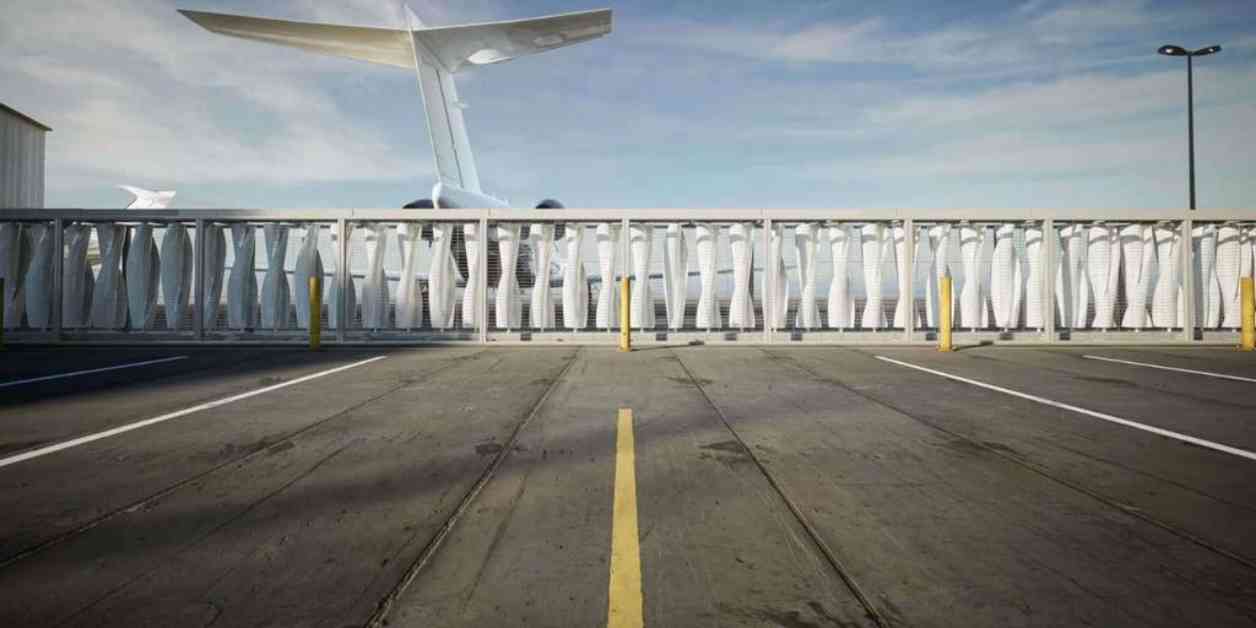Designer Joe Doucet’s ambitious vision of a wall covered in vertical wind turbines is becoming a reality with the product Airiva. The initial concept included 25 turbines connected to generators for a peak output of 10 kilowatts. However, due to the intermittent nature of wind, daily energy production may vary.
Over the years, Doucet and his team have refined the design of Airiva, testing 16 different blade configurations before settling on a helical design. The modular system consists of units housing eight turbines each, expected to produce around 2,200 kWh annually. While this may not be a significant amount on its own, it can contribute to reducing domestic energy bills.
Airiva is targeting urban infrastructure projects, where multiple units could be installed along highways, bridges, company campuses, airports, harbors, and transport hubs. The product boasts eco-friendly and technological credentials, including the use of at least 80% recycled materials in manufacturing, scalability for diverse installation needs, compatibility with other energy systems, remote monitoring capabilities, and competitive energy costs.
In addition to Airiva, there are other technologies available to improve residential energy efficiency. These include solar panels, smart home devices, ultra-efficient heat pumps, energy-efficient windows, reflective roofing materials, LED lighting, geothermal systems, residential wind turbines, and microhydropower systems. These technologies align with global efforts to combat climate change by reducing energy bills and carbon footprints.
As we move towards a more sustainable future, a combination of these technologies will be crucial in meeting our energy needs. From integrating wind turbines into urban landscapes to adopting smart home technologies and enhancing solar power systems, each innovation brings us closer to a more energy-efficient world. The transformation of walls into canvases for sustainable energy production signifies a shift in how we live and work.



